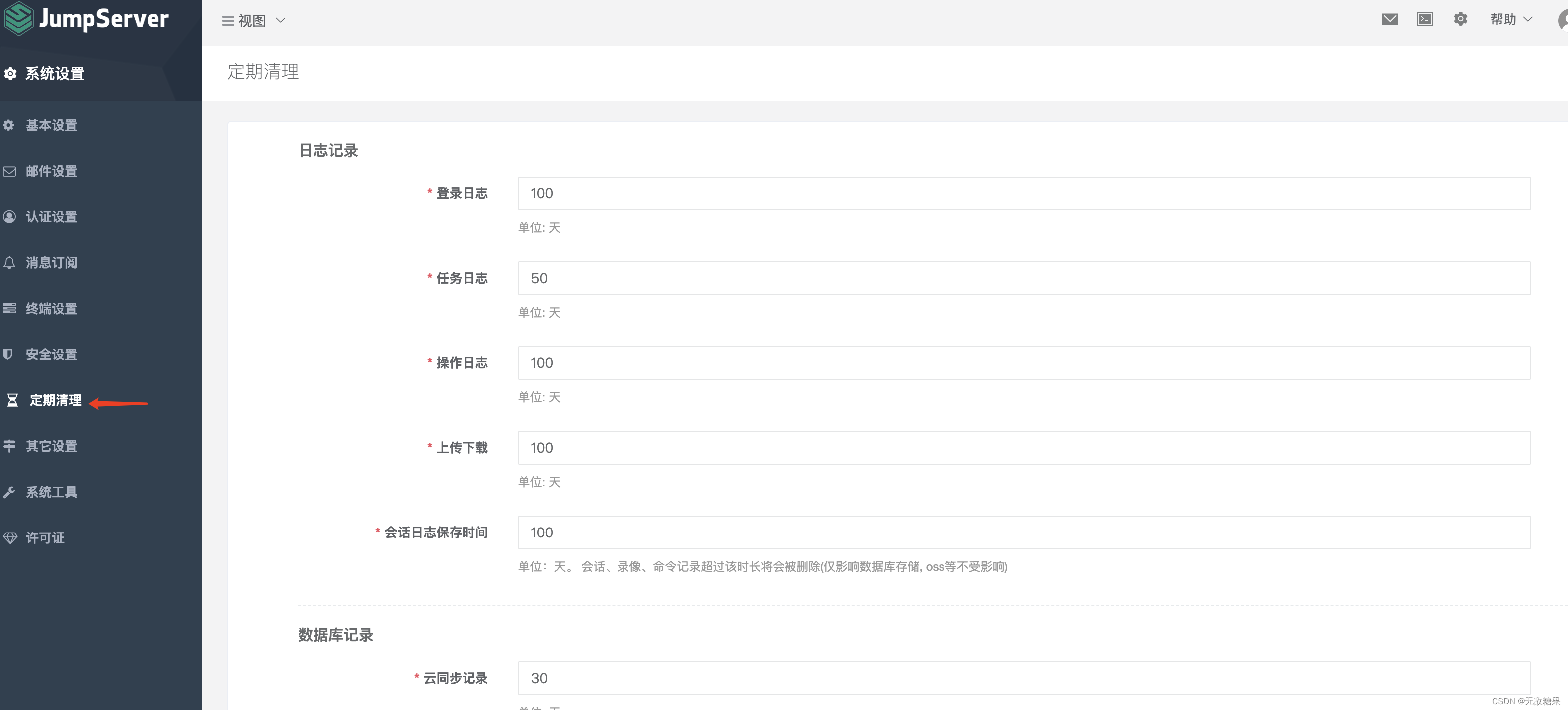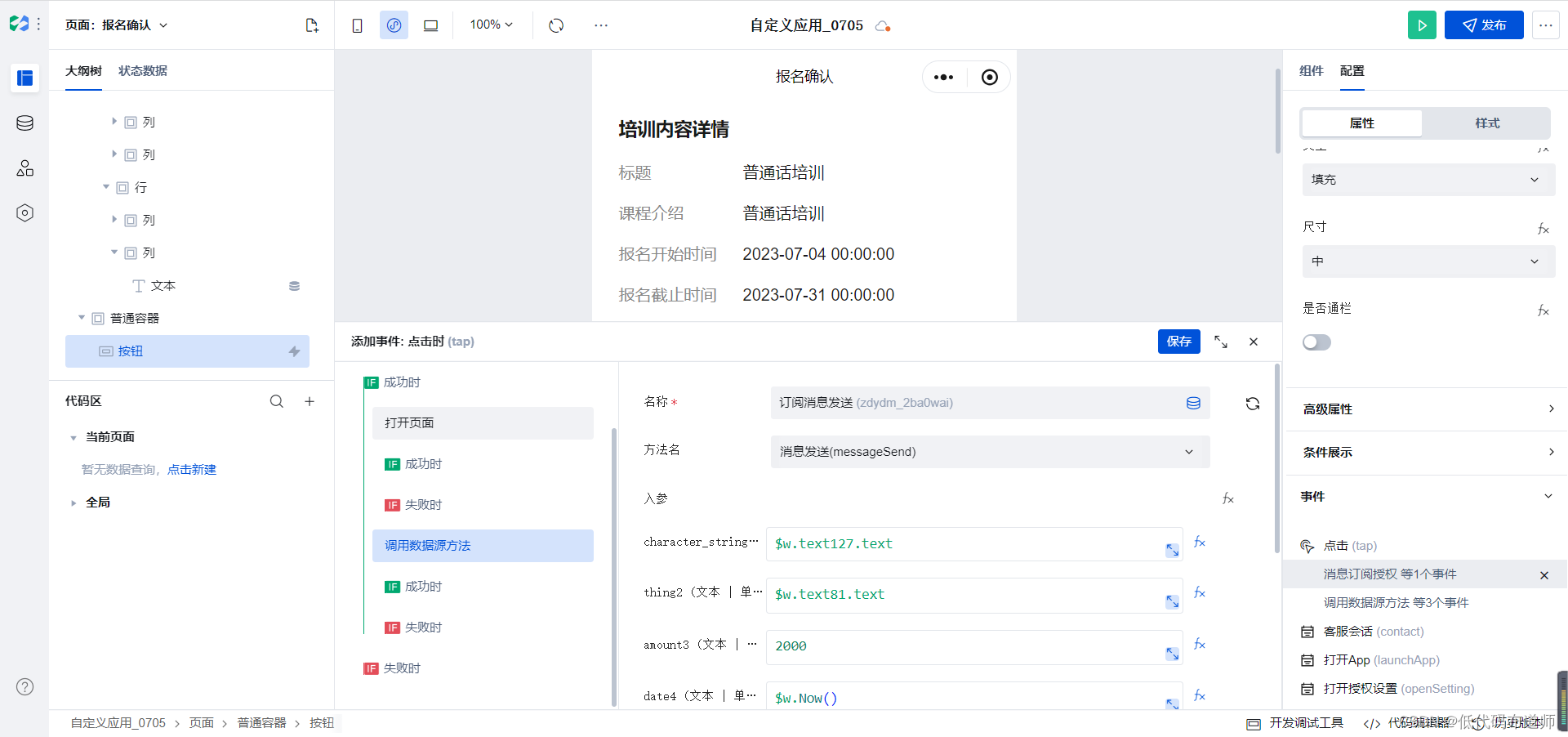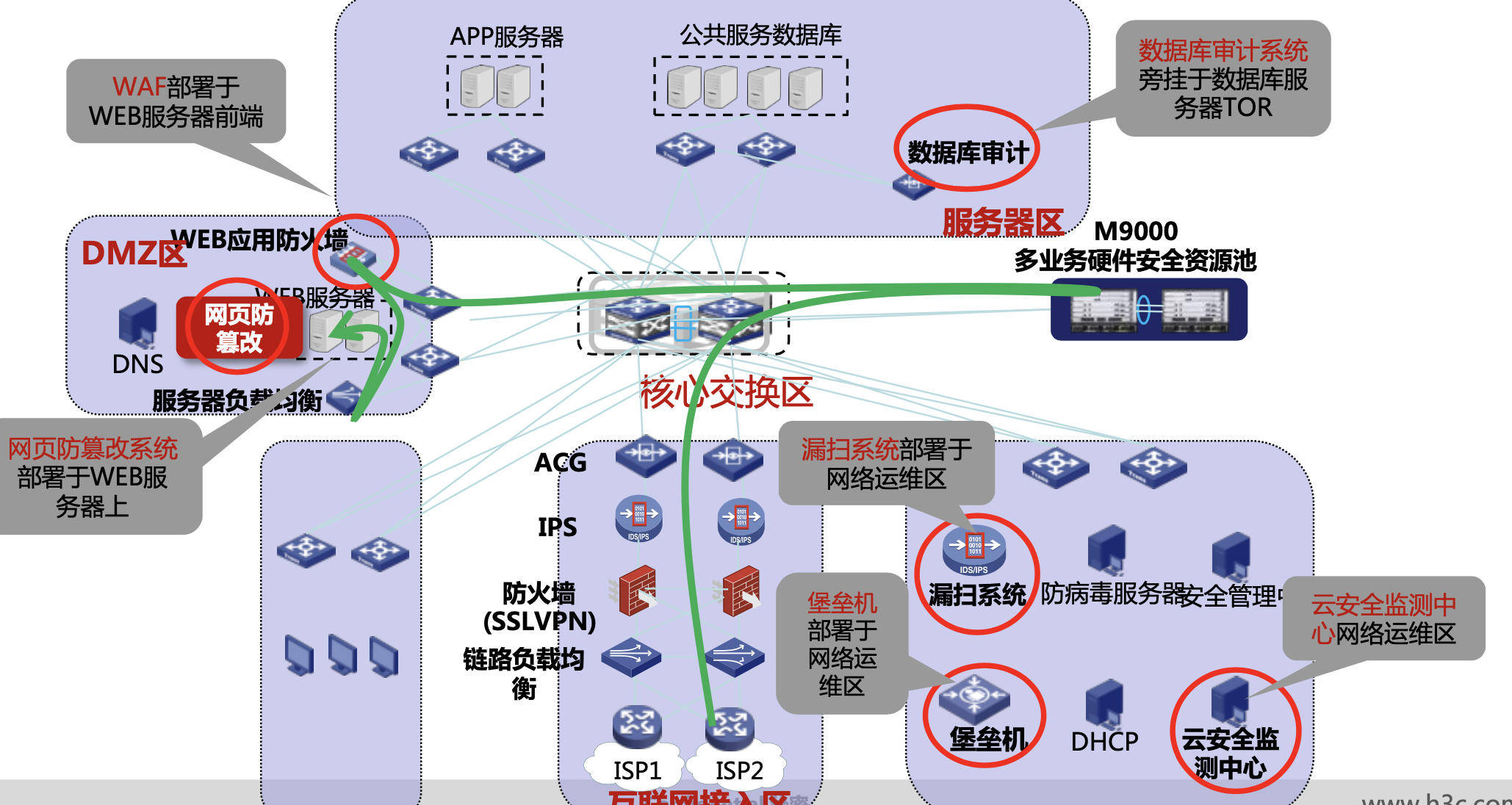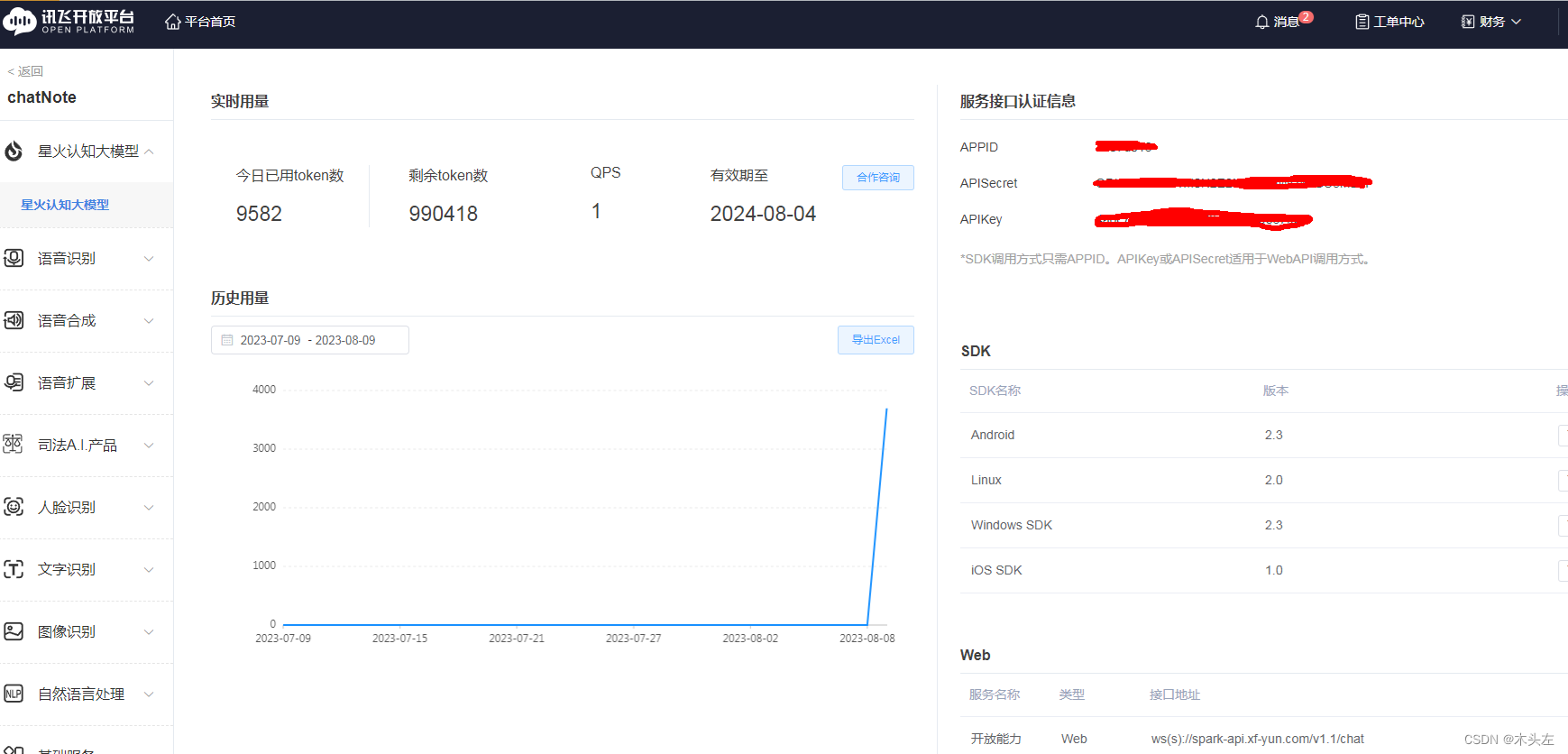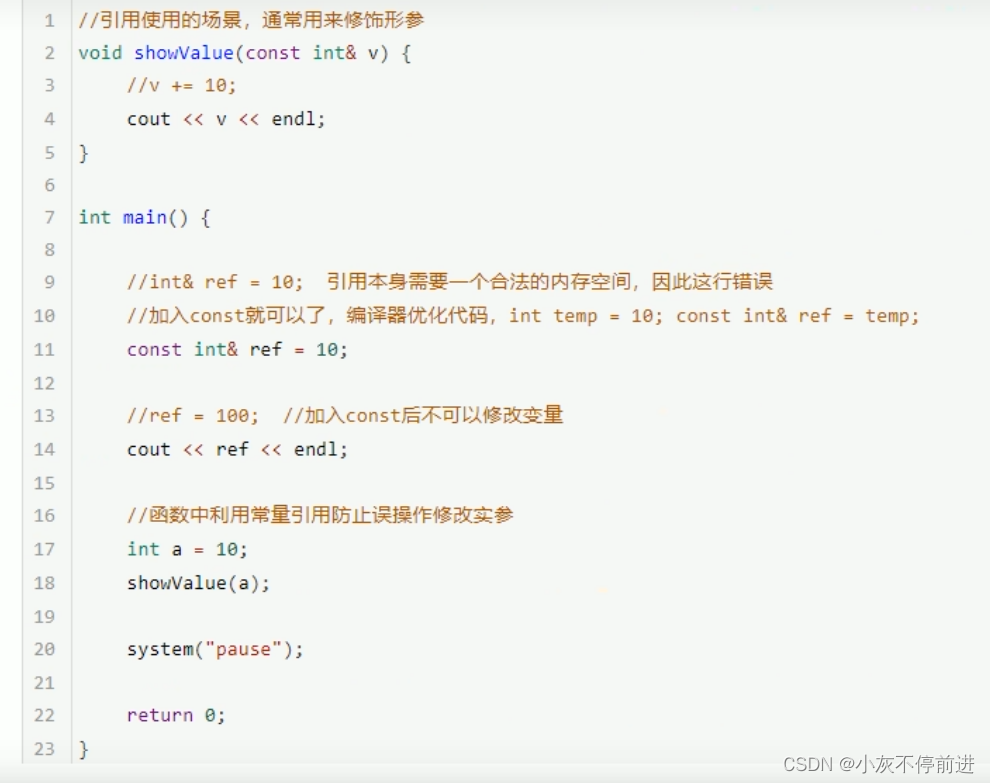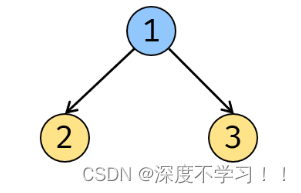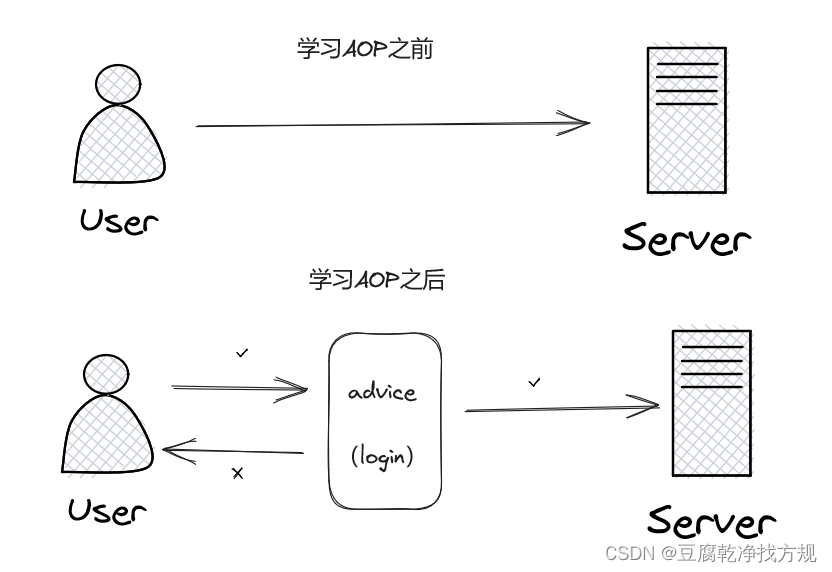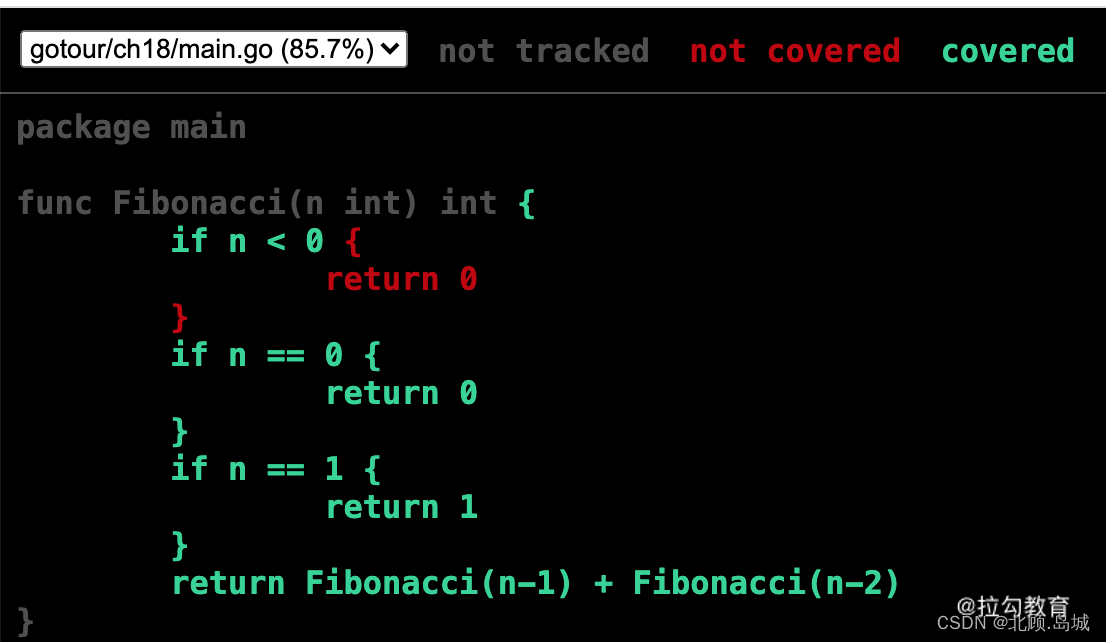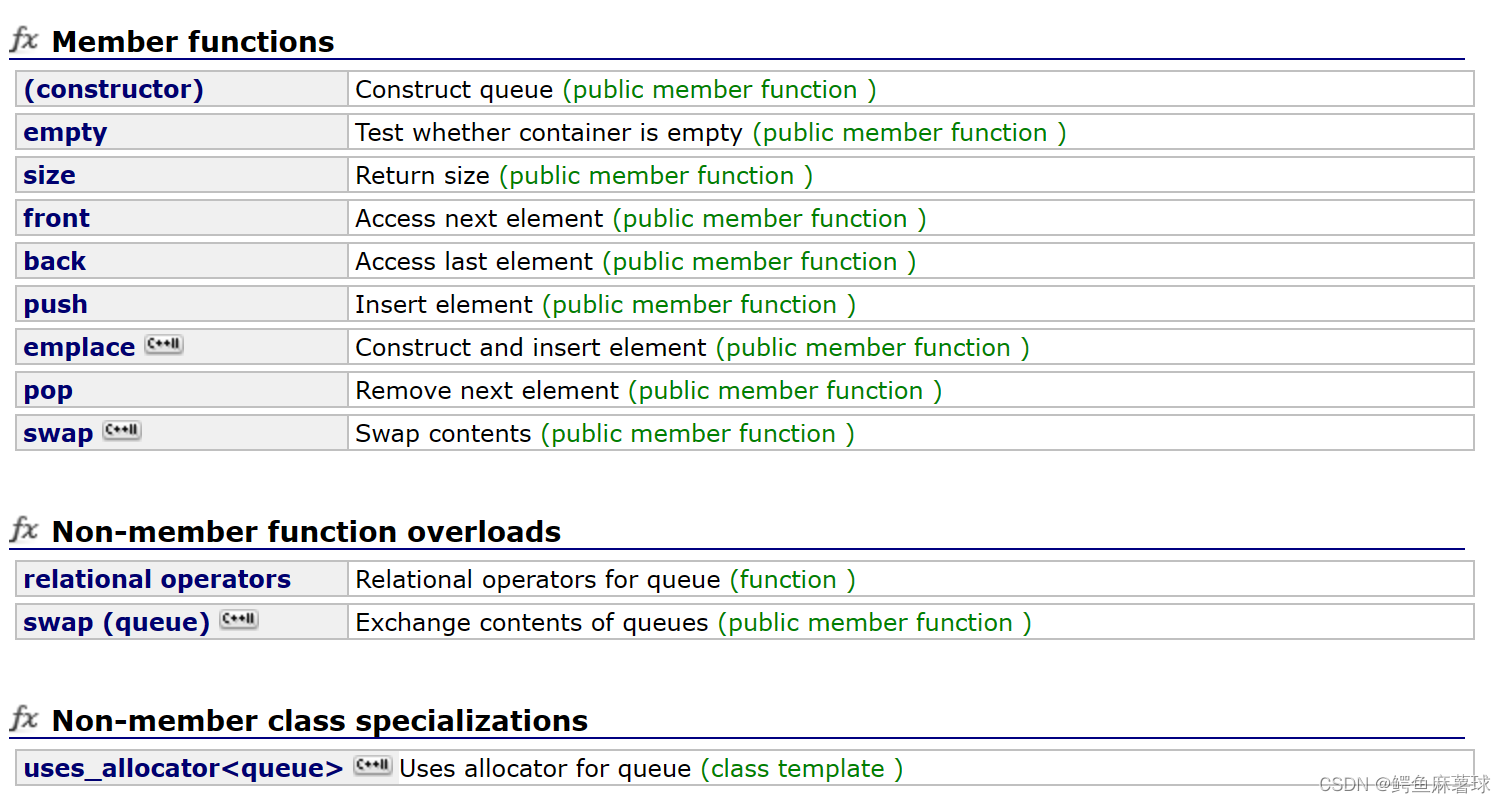单例模式大概是所有设计模式中最简单的一种,如果在面试时被问及熟悉哪些设计模式,你可能第一个答的就是单例模式。
单例模式的实现分为两种:
- 饿汉式:在静态构造函数执行时就立即实例化。
- 懒汉式:在程序执行过程中第一次需要时再实例化。
两者有各自适用的场景,实现方式也都很简单,唯一在设计时要考虑的一个问题就是:实例化时需要保证线程安全。
1. 饿汉式
饿汉式实现很简单,在静态构造函数中立即进行实例化:
public class Singleton
{private static readonly Singleton _instance;static Singleton(){_instance = new Singleton();}public static Singleton Instance{get{return _instance;}}
}
注意,为了确保单例性,需要使用 readonly 关键字声明实例不能被修改。
以上写法可简写为:
public class Singleton
{private static readonly Singleton _instance = new Singleton();public static Singleton Instance{get{return _instance;}}
}
这里的 new Singleton() 等同于在静态构造函数中实例化。在 C# 7 中还可以进一步简写如下:
public class Singleton
{public static Singleton Instance { get; } = new Singleton();
}
一句代码就搞定了,此写法,实例化也是在默认的静态构造函数中进行的。如果是饿汉式需求,这种实现是最简单的。有人会问这会不会有线程安全问题,如果多个线程同时调用 Singleton.Instance 会不会实例化了多个实例。不会,因为 CLR 确保了所有静态构造函数都是线程安全的。
注意,不能这么写:
public class Singleton
{public static Singleton Instance => new Singleton();
}
// 等同于:
public class Singleton
{public static Singleton Instance{get { return new Singleton(); }}
}
这样会导致每次调用都会创建一个新实例。
2. 懒汉式
懒汉式单例实现需要考虑线程安全问题,先来看一段经典的线程安全的单列模式实现代码:
public sealed class Singleton
{private static volatile Singleton _instance;private static readonly object _lockObject = new Object();public static Singleton Instance{get{if (_instance == null){lock (_lockObject){if (_instance == null){_instance = new Singleton();}}}return _instance;}}
}
网上搜索 C# 单例模式,大部分都是这种使用 lock 来确保线程安全的写法,这是经典标准的单例模式的写法,没问题,很放心。在 lock 里外都做一次 instance 空判断,双保险,足以保证线程安全和单例性。但这种写法似乎太麻烦了,而且容易写错。早在 C# 3.5 的时候,就有了更好的写法,使用 Lazy<T>。
示例代码:
public class LazySingleton
{private static readonly Lazy<LazySingleton> _instance =new Lazy<LazySingleton>(() => new LazySingleton());public static LazySingleton Instance{get { return _instance.Value; }}
}
调用示例:
public class Program
{public static void Main(){var instance = LazySingleton.Instance;}
}
使用 Lazy 可以使对象的实例化延迟到第一次被调用的时候执行,通过访问它的 Value 属性来创建并获取实例,并且读取一个 Lazy 实例的 Value 属性只会执行一次实例化代码,确保了线程安全。
3. 应用示例
static void Main(string[] args)
{LazySingleton p1 = LazySingleton.Instance();p1.GetName();LazySingleton p2 = LazySingleton.Instance();p2.GetName();if (p1 == p2){Console.WriteLine("他们是同一个人!");}else{Console.WriteLine("他们不是同一人!");}Console.ReadLine();
}public class LazySingleton
{private static volatile LazySingleton instance = null;//保证instance在所有线程中同步//private防止类在外部被实例化private LazySingleton(){ }public static LazySingleton Instance(){if (instance == null){instance = new LazySingleton();}return instance;}public void GetName(){Console.WriteLine("詹姆斯");}
}
程序运行结果:



